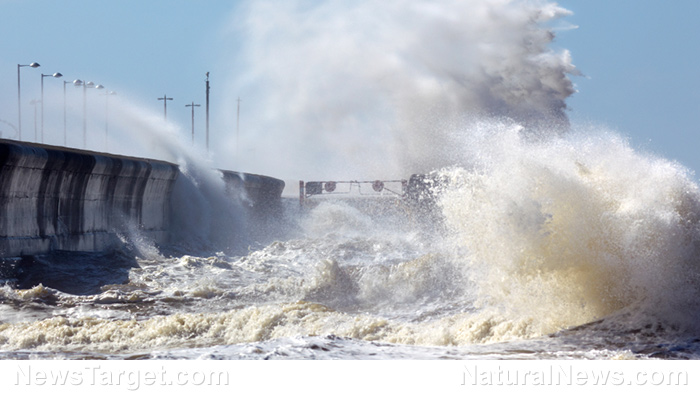
But while it might seem like several half-liter bottles of water will be enough, don't forget that when SHTF, every person in your group will need at least a gallon of water daily.
Always double-check if your food rations and water supply are equal so you won't be at risk of starving to death or dying of thirst.
Aside from brushing up on various survival skills like hunting and food preservation, you also need to know the ins and outs of a good water storage system. One good way to do this is by storing water for long-term use in 55-gallon barrels.
Below are some tips for storing water in 55-gallon drums:
- Where to purchase the 55-gallon drums – You can purchase sturdy 55-gallon drums from online stores. However, don't risk buying used ones, unless you personally know or trust the seller. Remember, you'll be storing water in these drums, and it's better to get new ones to ensure their cleanliness.
- What you'll need for this project – Before you start this project, gather the following materials: Black permanent marker, black plastic sheets (at least 3.5 mils thick), bleach, bung wrench, reinforced duct tape (e.g., Gorilla tape), scissors, siphon hose, soap, and a teaspoon.
- How to clean and disinfect the drums – Start by washing the inside of each drum with dish-washing soap and water. Put enough soap in some water to get the inside of the drums soapy, but make sure you don't put in too much that it becomes a hassle to rinse. Roll the drum around so every inch of the container is coated in soapy water, and flip the drum so the top gets cleaned as well. Rinse each drum properly. Once you empty out each drum, fill them all again with water, roll them around, then rinse them to remove all the soap. Sanitize the drums using a mixture of a teaspoon of unscented chlorine bleach in a quart of water. Roll the drum around again to sanitize every inch of the container. Wait 30 seconds, then pour the solution out of the drum. Air-dry each drum before filling them up, or you can rinse them again with treated city water.
- How to properly fill the drums – Make sure you use a drinking-safe water hose when filling the drums with water. While tap water treated by the city doesn't need extra treatment, capture water, well water, or other water from an untreated source must be treated. When storing untreated water, or water that hasn’t been chlorinated by a local city water provider, use water treatment drops as instructed. You can also substitute two tablespoons of fragrant-free liquid chlorine bleach to each 55-gallon drum of water. If you don't have liquid bleach, add four to six percent sodium hypochlorite (pool shock) to the water. (Related: Do you have a safe source of water for a SHTF situation? Top 5 water purification mistakes.)
- How to store the 55-gallon drums – Don't store the drums right on top of concrete, which can heat up and release chemicals that can be absorbed by the drums. Prevent this by putting the drums on top of some 2×4s to keep them off the concrete. Get the drums in position before you fill them up because they'll be incredibly hard to move once they're full. Screw the bung nuts into the fill holes, but make sure they tighten smoothly without crossing the threads. With the bung nut wrench, tighten the bung nuts to seal the water and protect it from outside contaminants. Using the black marker, include some notes down the side of the water drums such as when the water was stored, if they contain additives, and if the water is potable or not. Consider putting some rope between the 2×4s to prevent the barrels from tipping over. You can also cover the barrels with a black plastic liner to prevent direct sunlight from hitting the drums. Covering them with black plastic liner is also crucial for operations security (OPSEC). If the drums are hidden, it will discourage anyone from targeting your water supply when SHTF. Secure the sheets with some sturdy thumbtacks for furniture. Use reinforced duct tape to put backing in areas on the plastic sheet where thumbtacks were driven through so the plastic sheet doesn't tear. Hang the sheets around the area where the drums are stored, then circle back to secure the plastic sheet at the bottom.
- How to siphon water from the drums – To siphon water, place your bucket or water container near the drum so the siphon hose slopes downward. Insert the siphon end with the copper valve into the barrel and the bare, plastic end into your bucket. Keep the siphon end fully submerged in the water then shake the hose in a vertical, up-and-down motion. Wait a few seconds and when the water flows on its own, you can stop shaking the siphon.
Remember that aside from gear and food rations, water is also crucial to your survival when SHTF. Start storing water for long-term use today so you don't have to worry about having enough water once you find yourself in a disaster scenario.
You can read more articles about safe water storage for when SHTF at Preparedness.news.
Sources include:
Please contact us for more information.























